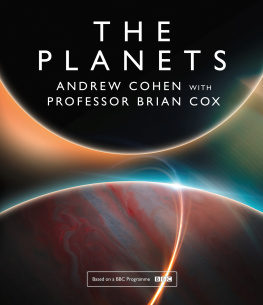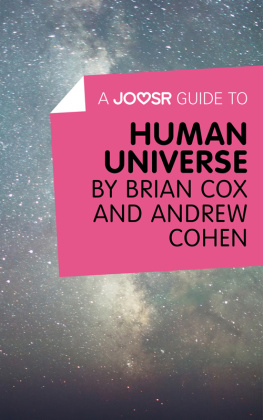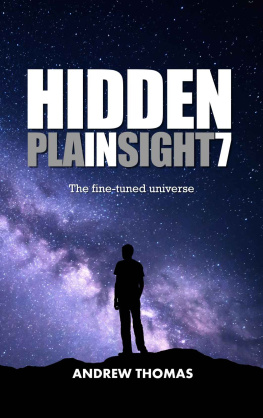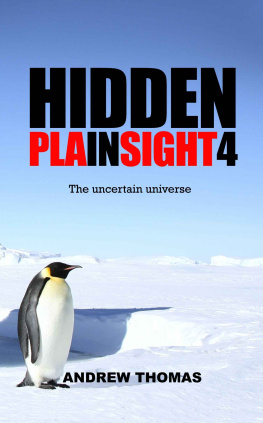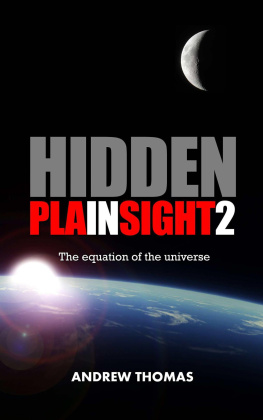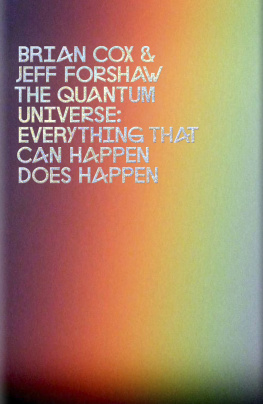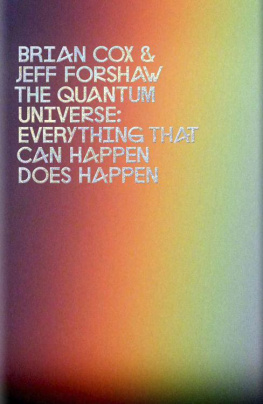

All the raw materials every piece of every one and every thing you love, of every thing you hate, of every thing you hold precious was assembled in the first few minutes of the life of the Universe, and then transformed in the hearts of stars or created in their fiery deaths. When you die, the pieces that make up your being will be returned to the Universe.
This cycle of death and rebirth is also happening on a cosmic scale: in the deaths of old stars, new stars are born. And ultimately, the life of Universe itself will succumb to this cycle.
This process began 13.75 billion years ago with the Big Bang and what followed was the embryonic period of the Universe, known as the Primordial Era. For the first 100 million years, the conditions were far too violent for stars to form. This changed when the Universe had expanded and cooled sufficiently for the weak force of gravity to begin to clump the primordial dust, gas and dark matter into galaxies. With this came the dawning of the second great epoch in the life of our universe: the Stelliferous Era.
This is the phase of the Universe we live in. This is the age of stars, and of light.
There are many more stages of life and change still to come in our Universe, and yet we can confidently make predictions about its future. By observing the life cycles of the stars above us we can map out the remaining years of our universes life.
Stars huge bodies of gas exist in an uneasy equilibrium. Their gravity acts to compress them, which heats them up until the electromagnetic repulsion between the hydrogen atoms is overcome and they fuse together to make helium. This releases energy, which keeps the star up. When the hydrogen runs out, the outward pressure disappears; gravity regains the upper hand and the structure of the star changes dramatically. The core collapses rapidly, leaving a shell of hydrogen and helium behind. Within the shrinking core the temperature rises until, at 100 million degrees Celsius, a new fusion process is triggered. At these temperatures helium nuclei can overcome their mutual electromagnetic repulsion and wander close enough together to fuse the star begins to burn helium. This transfer from hydrogen to helium fusion has two profound effects: firstly, sufficient energy is released to halt the stellar collapse, so the star stabilises and rapidly swells. This is the beginning of its life as a red giant. Secondly, it fuses into existence the element vital for life: carbon-12. This is where all the carbon in the Universe comes from; every carbon atom in every living thing on the planet was produced in the heart of a dying star.
Our sun is one of at least two hundred billion stars in our galaxy; one of a hundred billion galaxies in the observable universe. We live in a cosmos of countless islands of countless stars which bathe the Universe in light. The Sun was formed 4.57 billion years ago, and is in the middle of its life, fusing hydrogen into helium at a rate of around 600 million tonnes every second. It will continue to do this for another five billion years; but eventually, perhaps fittingly given the grandeur and beauty it has nurtured in its empire, it wont simply fade away. As the stores of hydrogen run dry, the Suns core will collapse and momentarily, as helium begins to fuse into oxygen and carbon, a last release of energy will cause its outer layers to expand. The fiery surface of our star will move beyond Mercury, towards Venus and onwards to our fragile world.
The effects on our planet will be as catastrophic as they are certain. Gradually, the Earth will become hotter. In the distant future, if any of our descendants still remain, someone will experience the last perfect day on Earth. As the surface of the Sun encroaches, our oceans will boil away, the molecules in our atmosphere will be agitated off into space, and the memory of life on Earth will fade

Long after life has disappeared, the Sun will fill the horizon; it may extend beyond Earth itself. This swollen stage in a stars life is known as the Red Giant phase, marked by the final release of energy and the beginning of a long decline. In a beautiful display of light and colour, our sun will shed its outer layers into space to form a planetary nebula.



We know this because we have seen this sequence unfold in the final breath of distant stars on someone elses sun? Written across the night sky in filamentary patches of colour are the echoes of our future.
If in the far future, somewhere in the Universe, astronomers on a world not yet formed gaze through a telescope at our planetary nebula and reflect on its beauty, they may glimpse at its heart a faintly glowing ember; all that remains of a star we once thought of as magnificent. She will be smaller than the size of Earth, less than a millionth of her current volume and a fraction of her brightness. Our sun will have become a white dwarf the destiny of almost all the stars in our galaxy. If our planet survives, little more than a scorched and barren rock will remain.
This is the most profound consequence of the arrow of time; this Universe cannot last forever.




As we move through the aeons ahead, countless billions of stars will live and die. Eventually, though, there will be only one type of star left to illuminate the Universe in its old age: the red dwarfs.
The nearest star to our solar system is a red dwarf called Proxima Centauri. Although only a mere 4.2 light years away, Proxima Centauri is not visible to the naked eye from Earth and doesnt even stand out against more distant stars in many of the photographs that have been taken of it. The reason for this is that Proxima Centauri is small, very small when compared to our sun having just 12 per cent of the Suns mass so to our eyes this star would appear to shine 18,000 times less brightly than our sun.
Red dwarfs are diminutive and cold, with surface temperatures in the region of 4,000K, but they do have one advantage over their more magnificent stellar brethren: because theyre so small, they burn their nuclear fuel extremely slowly, and consequently they have life spans of trillions of years. If we do in fact survive into the far future of the Universe, it is possible to imagine our distant descendants building their civilisations around red dwarfs in order to capture the energy of those last fading embers of stars, just as our ancestors crowded around campfires for warmth on cold winter nights.
Next page



